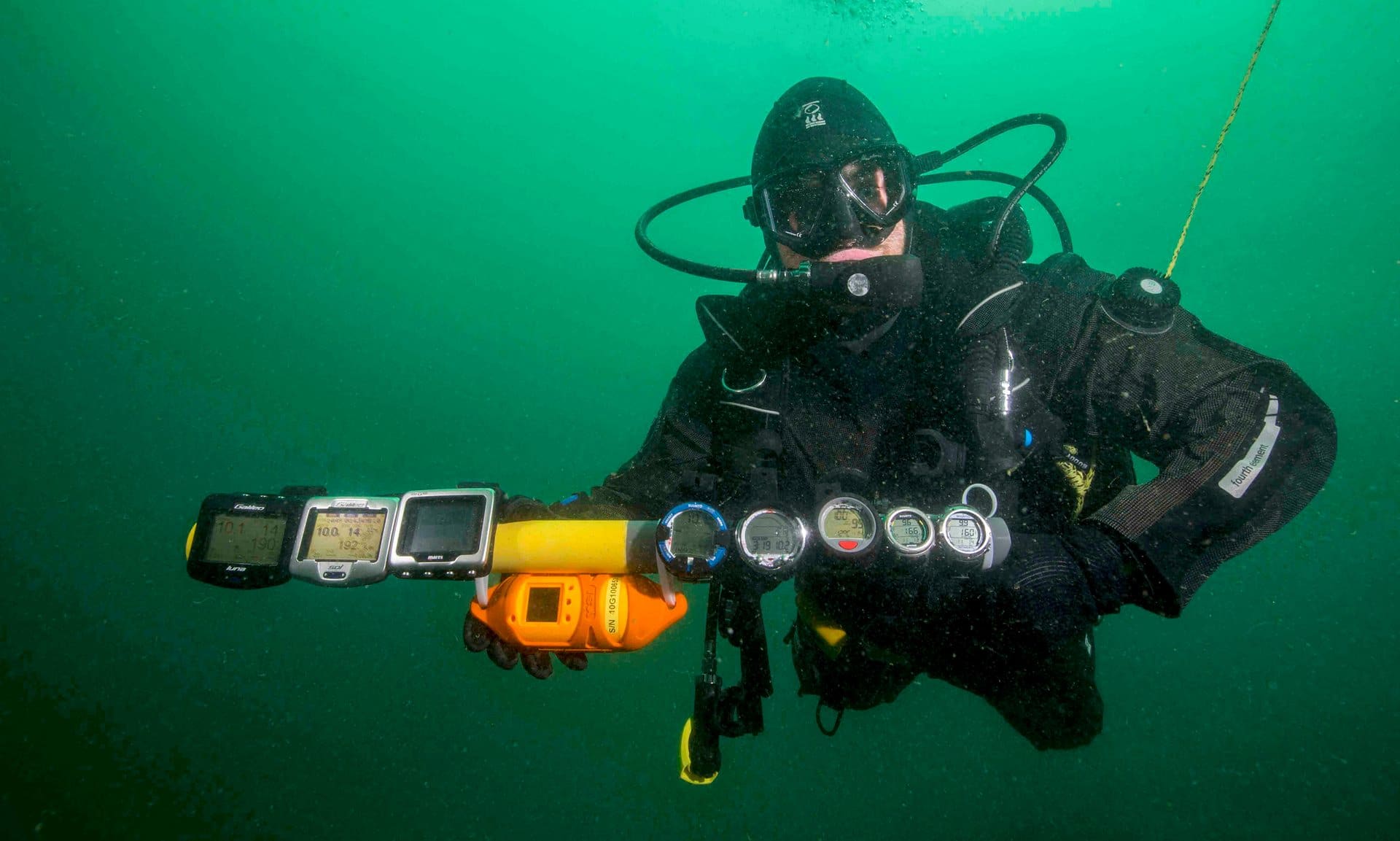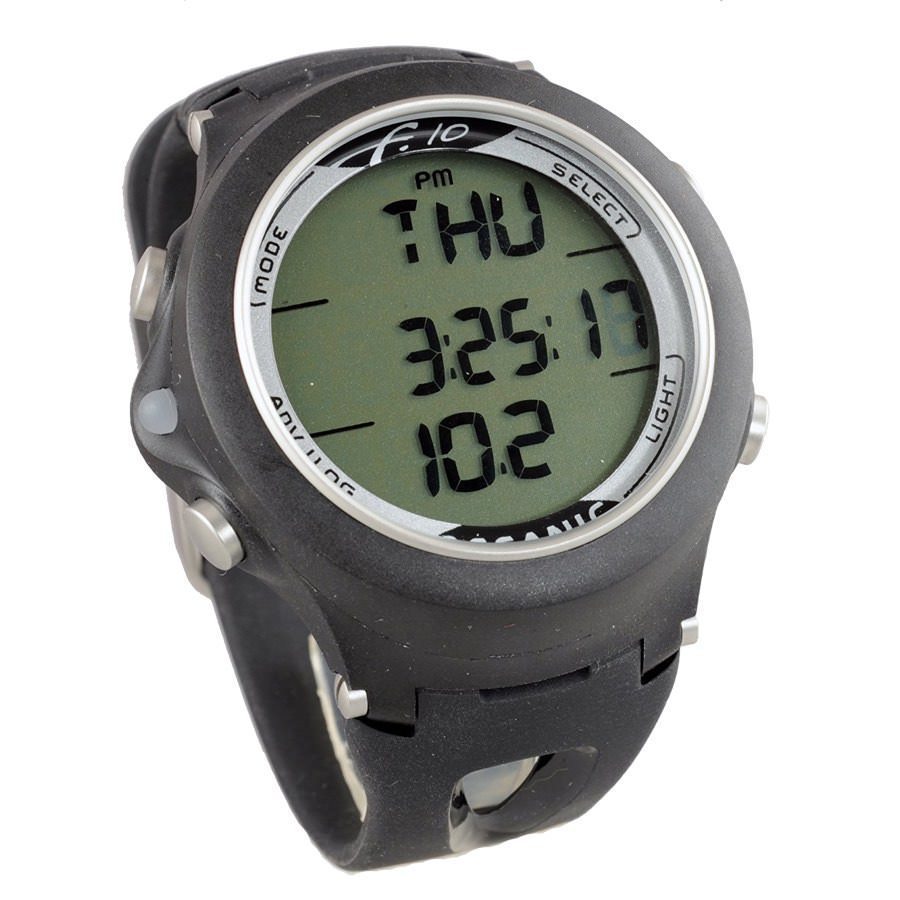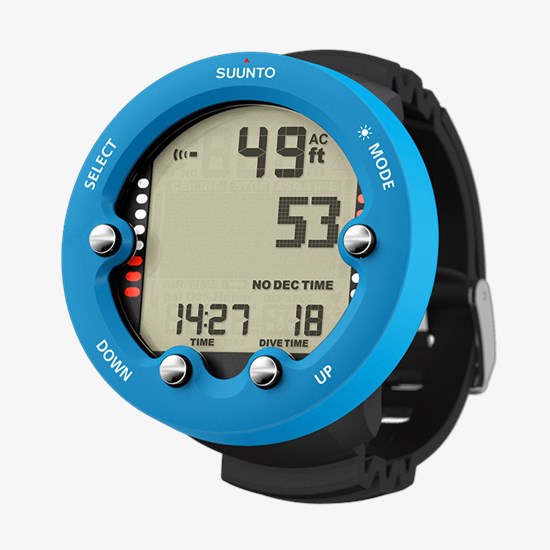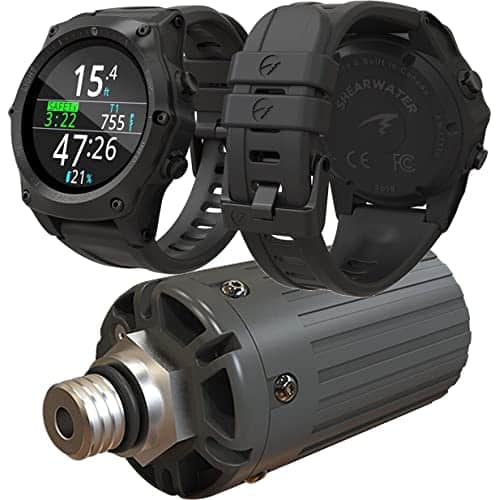The Best Dive Computers in 2024
Updated on September 23, 2024 Diving is an exciting and fascinating activity, where a relatively unresearched and unknown portion of the planet is explored. But when in the underwater world it is easy to become disoriented in terms of direction, depth, and execution of the dive plan. A dive computer can make things simpler and … Read more



